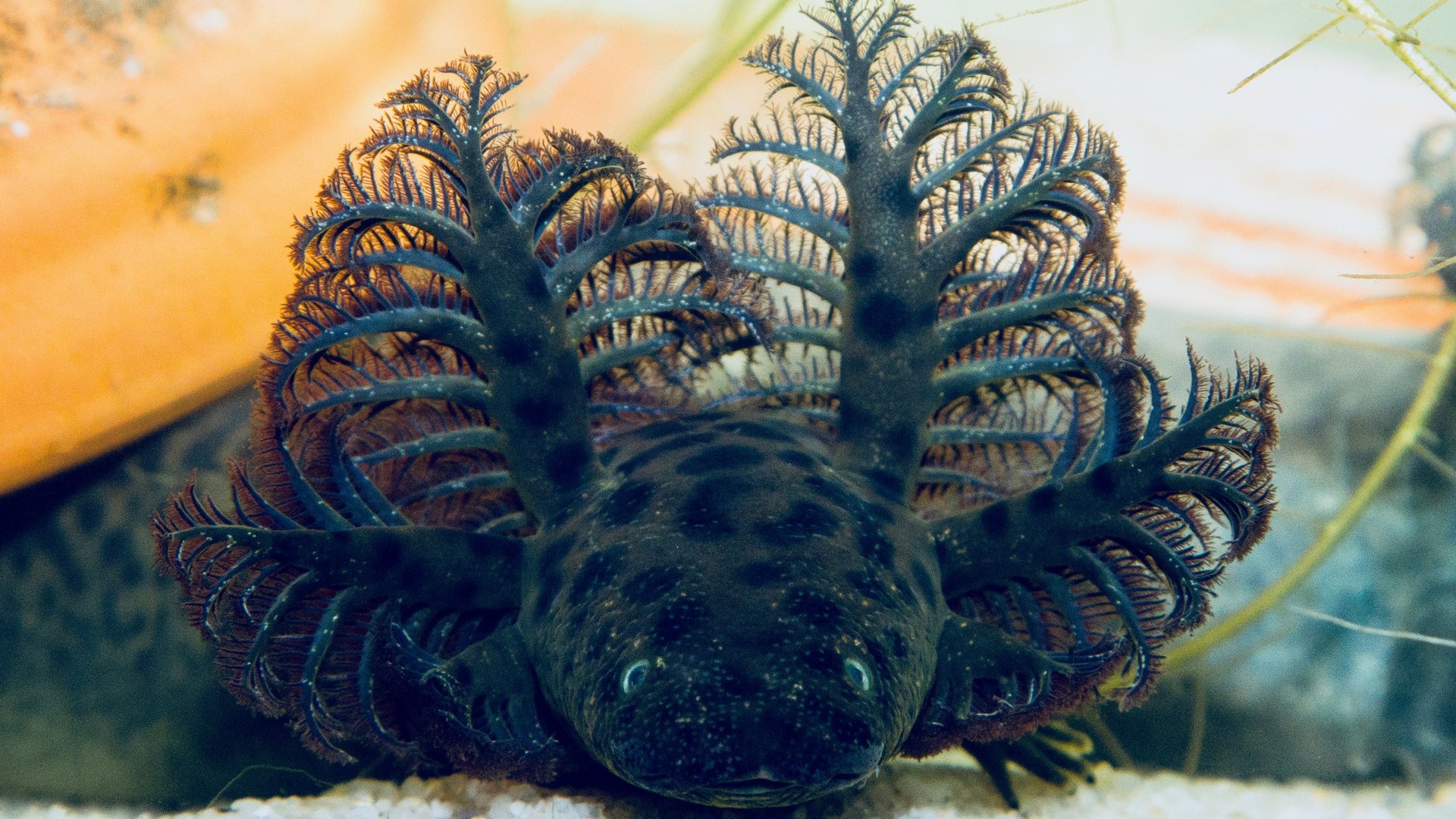Scientists solved a decades-old swamp-monster mystery in Florida
Until now, the reticulated siren was just a rumor.


Until now, the reticulated siren was just a rumor.
A mythical and mysterious swamp monster—also known as a species of giant salamander—the reticulated siren is found in the shallow freshwater marshes of Florida and Alabama, and locally known as a “leopard eel.” Rarely spotted and never previously studied by herpetologists, the siren made its scientific debut on Dec. 5.
In a study in Plos One, researchers from Sul Ross State University in Alpine, Texas, and the Georgia Sea Turtle Center in Jekyll, Georgia, described, classified, and named the salamander species for the first time, placing it in the Siren family. The first such giant salamander was captured in 1970, and was at the time suspected to be an undescribed new species. But few of them have been seen since, so there hasn’t been any formal work in the intervening half-century.
This strange giant salamander has a slimy spotted body that extends about two feet. It has two forelegs, no back legs, and a set of gills that fan out like leaves just behind its head. Basically, it looks like a long eel—hence the local moniker—but is in fact the largest species of salamander discovered in the past 100 years in the US.
The scientists behind the discovery admit that they still have much to learn about the latest siren to join the salamander family, but hope that classifying the creature and making its existence official will inspire further study. A more complete understanding of the salamander could also help them determine the extent to which it may be endangered. S. reticulata’s habitat—wetlands within the longleaf pine ecosystem—is already imperiled.
Even with the new information and the official classification, research probably won’t be easy. Scientists happened upon the giant salamander accidentally when they were looking for sea turtles in 2009, finally confirming rumors of the species that had been circulating for decades. “It was surreal to see after years of talking about this creature—it was kind of a mystical, mythical beast,” researcher David Steen tells The Revelator. “It’s so unlike most other creatures that we share the planet with.”
It took five more years for the researchers to capture two more of these animals and start classification efforts in earnest. “It lives in swamps and mud,” Steen explains. “These are not really places where people spend a lot of their time.”
Looking for more in-depth coverage from Quartz? Become a member to read our premium content and master your understanding of the global economy.